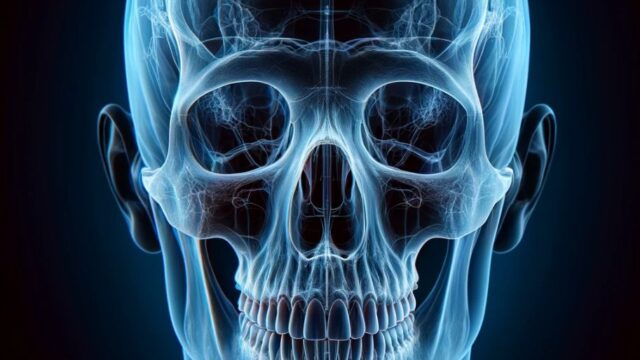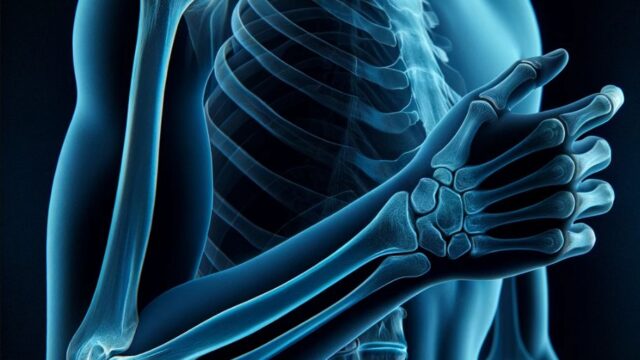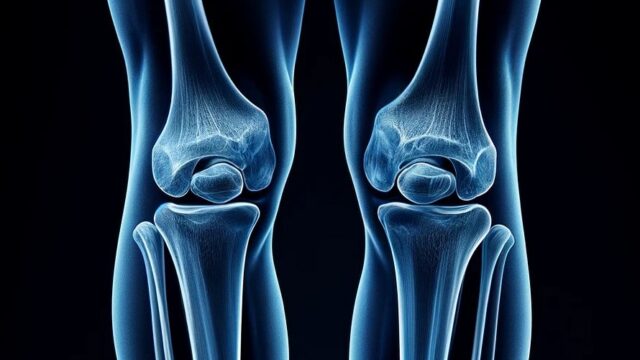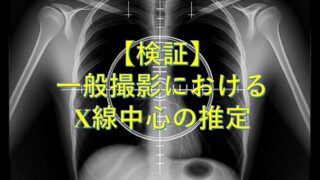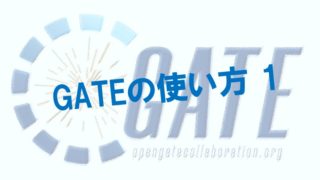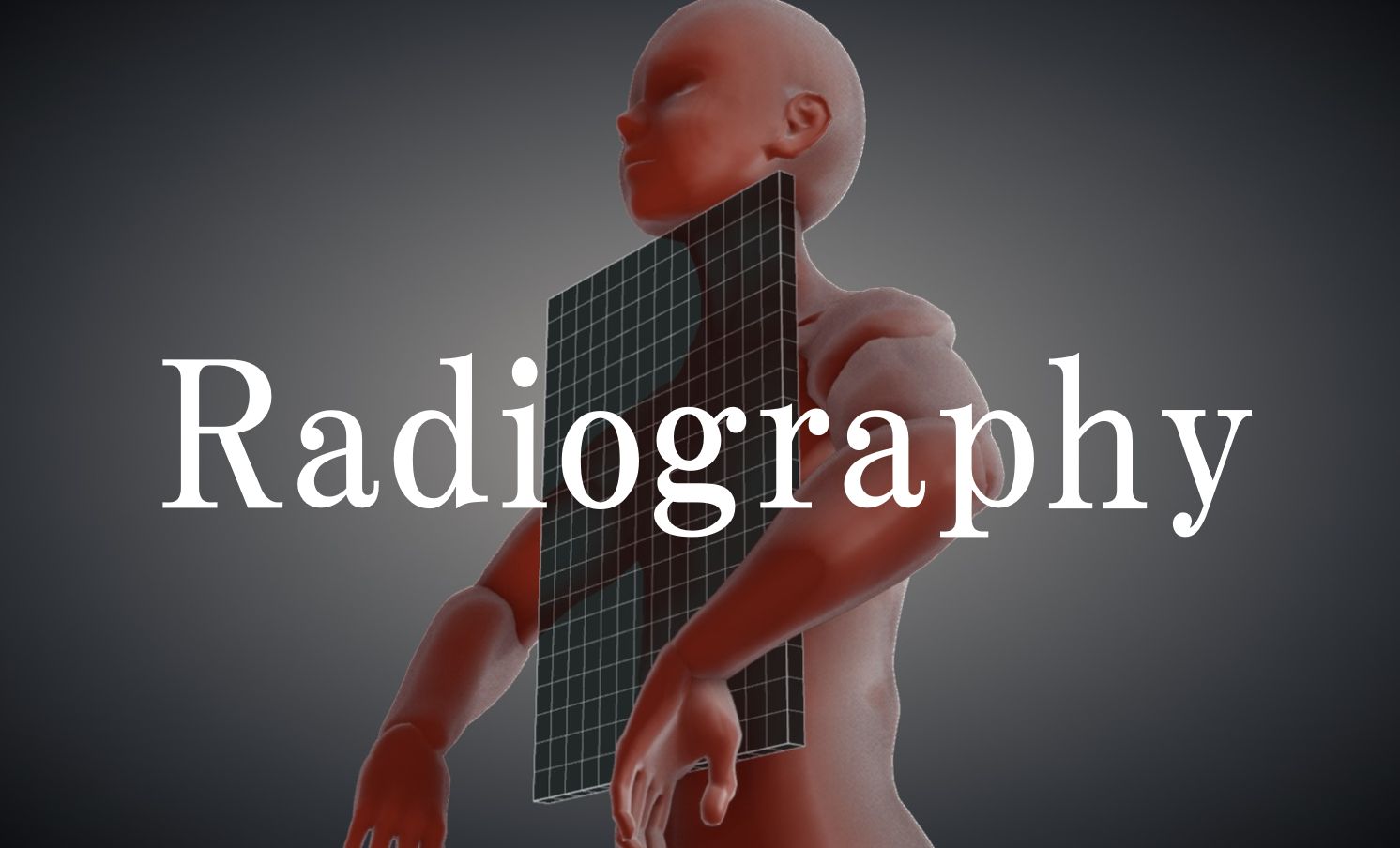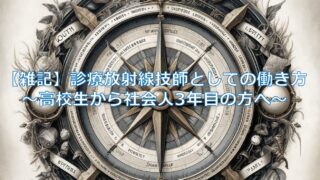Purpose
Excellent for observation of the subacromial and glenohumeral joints.
Also suitable for observation of Bankart injuries, etc.
Prior confirmation
Any fractures or dislocations. If suspected, do not move the arm.
Remove obstacles .
Positioning
Standing or seated.
Oblique position (35-45°) with the affected side close to the patient.
* More angulation is needed if the patient is supine or has rounded shoulders.
Align the cassette so that the scapulohumeral joint is positioned in the center of the cassette.
The upper arm on the examining side should be slightly abducted from natural droop, and should be kept away from the torso.
The patient should face the non-affected side of the cassette to avoid X-ray exposure to the face.
CR, distance, field size
CR : Incident X-rays are vertically incident at the scapulohumeral joint (Grashey method) or obliquely incident at a 20° angle in the cephalocaudal direction (True AP view).
Distance : 100cm
Field size:Including of inferior of the scapular and of the clavicle.
Exposure condition
Grid ( + ) : 70kV / 20mAs
Grid ( – ) : 60kV / 32mAs
Suspend respiration.
Image, check-point
Normal Grashey view (Radiopaedia)
Abnormal (Bankart lesion) (Radiopaedia)
The scapulohumeral joint can be observed tangentially without overlapping the humeral head.
The anterior and posterior edges of the scapulohumeral joint fossa are projected overlapping.
Videos
Related materials







